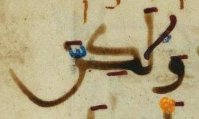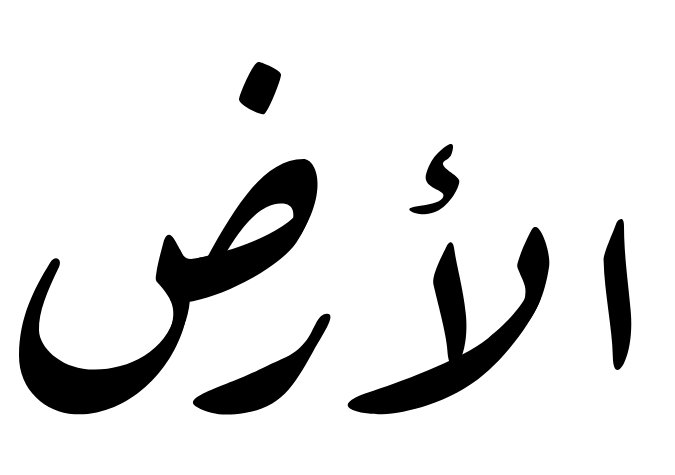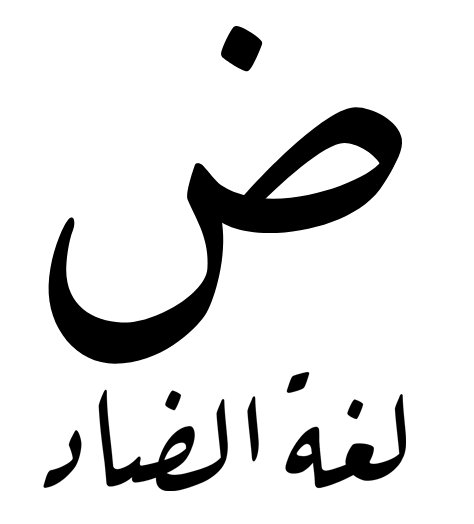The lām-ʾalif coming from the ancient ʾalif shape by @safaitic
academia.edu/35239575/Al-Ja…
Also shows the first lām-ʾalif is already found in the Namarah Inscription (328CE):
islamic-awareness.org/history/islam/…
Development of Nabataean script by Laïla Nehmé: academia.edu/2106858/_A_gli…




























